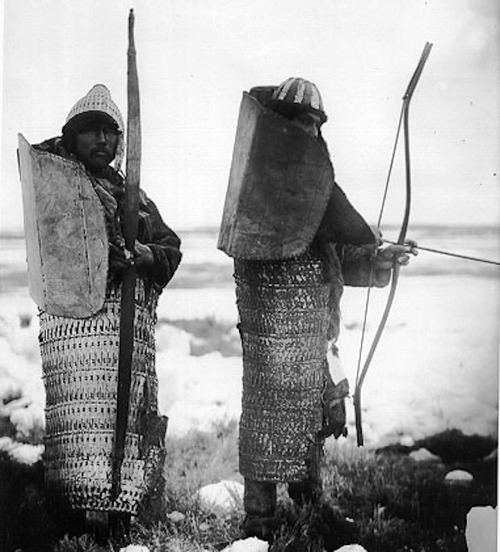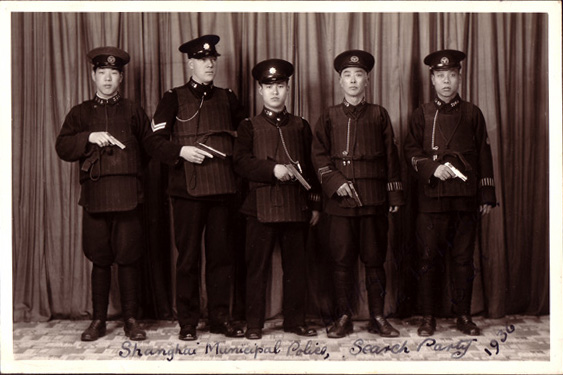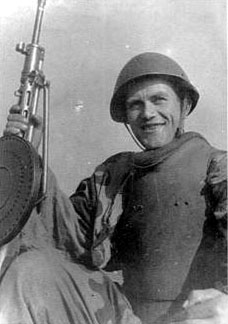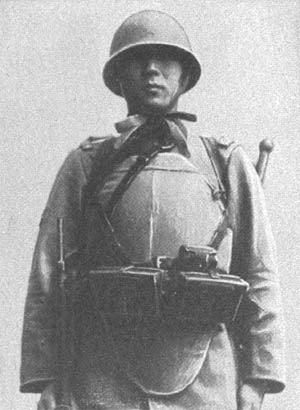Okay, finally forcing myself to do it.
Part Two: Body Armor from the Interwar Period to the Second World War
After the Great War, body armor started to catch on with police and civilians. Silk ballistic vests were popular among gangsters at the time. The Shanghai Municipal Police, a group of proto-SWAT team badasses under famous badass William Fairbairn (known for the Fairbairn-Sykes knife) roughly handled looters, murderers, gangs, rioters, and others in that chaotic city, but they made sure to wear protection.
The infamous American gangsters Kate Barker and John Dillinger both used them. Dillinger was repeatedly saved by his, and his gang often stole vests from police armories. These vests were made of silk, and could stop most pistol rounds of the time quite effectively.
Their use among criminals provoked the development of the .357 Magnum round, which was intended to be able to penetrate silk vests and car doors. The use of silk ballistic vests was nothing new; similar vests were used in late 19th century Korea, and other designs were also popular around the world. Archduke Franz Ferdinand wore one such vest, though he was unfortunately shot in the neck. But more on pre-war designs later.
Silk vests had issues, though: they were expensive ($800 in 1900 money, which is several thousand today). They were also hot, and couldn't stop anything more than the average round from a service revolver. Still, it's pretty remarkable that you can protect yourself from a piece of metal flying at hundreds of feet per second with something you pulled out of a caterpillar's ass.
By the Second World War, most of the old designs of the first war seem to have been forgotten or discarded, and soldiers do not seem to have bought their own armor. However, some countries did invest in new designs. The USSR made a variety of models of steel breastplates culminating in the SN-42. Information on this armor is hard to come by. It was issued to ShISBr RGK (assault engineers) for urban combat and ordnance disposal. Supposedly, it could stop 9mm rounds from an MP-40 at 100 meters, as well as most shrapnel. This sounds odd, since the MP-40's maximum effective range is around 100 meters. The SN-42 weighed 3.5 kg (7.7 lbs), enough to make soldiers complain but much less than modern designs.
This video probably has more information for anyone who speaks Russian.
The Japanese also apparently used their own designs during the war. It's almost impossible to find any info on these designs, though. They were used in combat because several examples were captured by the Allies after battles.
Later in the war, the US began to issue armor as well. The M12 vest was made of a fiberglass laminate called Doron, and saw action on Okinawa. It provided some protection from shrapnel, but little else.
I'm not covering flak jackets, because honestly I think they're boring as they were never meant to stop bullets.




























